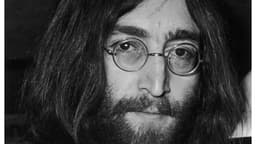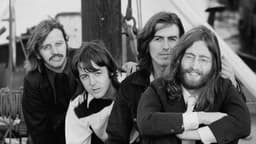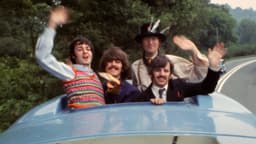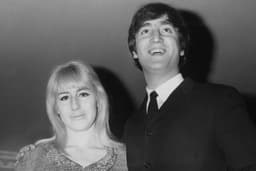Home / Arts and Entertainment / Lennon & Yoko: TV, Archives, and 1971 Echoes
Lennon & Yoko: TV, Archives, and 1971 Echoes
18 Nov
Summary
- Documentary reconstructs John Lennon and Yoko Ono's 1970s apartment.
- Film uses archival TV footage to mirror 1971 American culture.
- Modern-day events eerily echo the political climate of 1971-72.
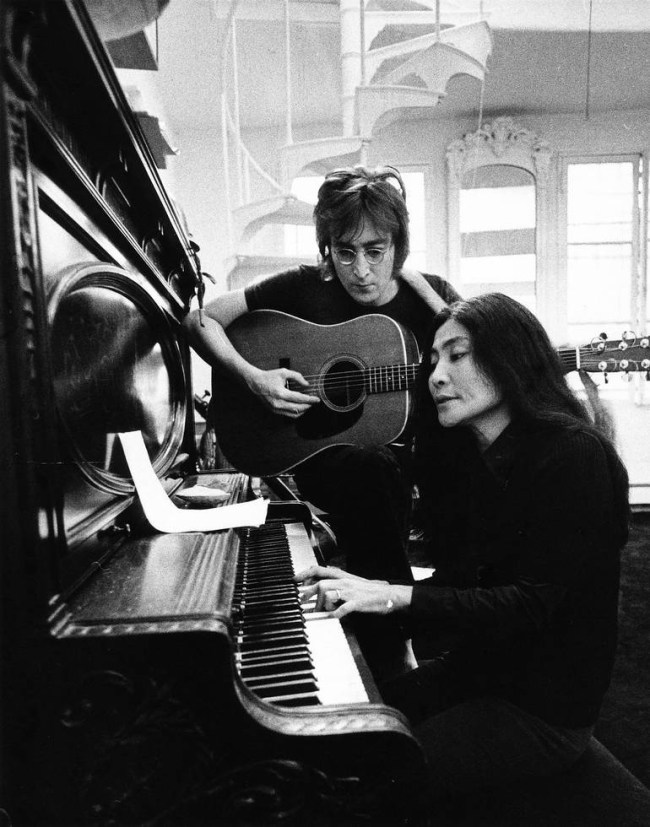
The documentary "One to One: John and Yoko" crafts an experimental narrative by immersing viewers in the early 1970s world of John Lennon and Yoko Ono. Directors Kevin Macdonald and Sam Rice-Edwards meticulously recreated the couple's Bank Street apartment, using archival television content as their primary storytelling device. This approach aimed to show what Lennon and Ono might have seen on TV, offering a unique window into the American cultural and political landscape of 1971.
The film draws striking parallels between past and present, with student protests and political discussions from the early 1970s eerily resonating with contemporary global issues. Macdonald noted the surprising conversation between the documentary's content and today's political climate, from protests to the challenges faced by women in politics. The documentary weaves together car commercials, news reports, and personal phone calls, creating a tapestry that mirrors the chaotic feel of channel surfing.
This innovative, feed-like filmmaking style has resonated particularly well with younger audiences, who find the approach contemporary and inspiring. Macdonald and Rice-Edwards spent a year editing, sifting through extensive archives to layer historical context, including home movies and taped conversations, with performances from the "One to One" concert. The result is a deeply layered, emotional portrait of Lennon and Ono's activism and worldview.
